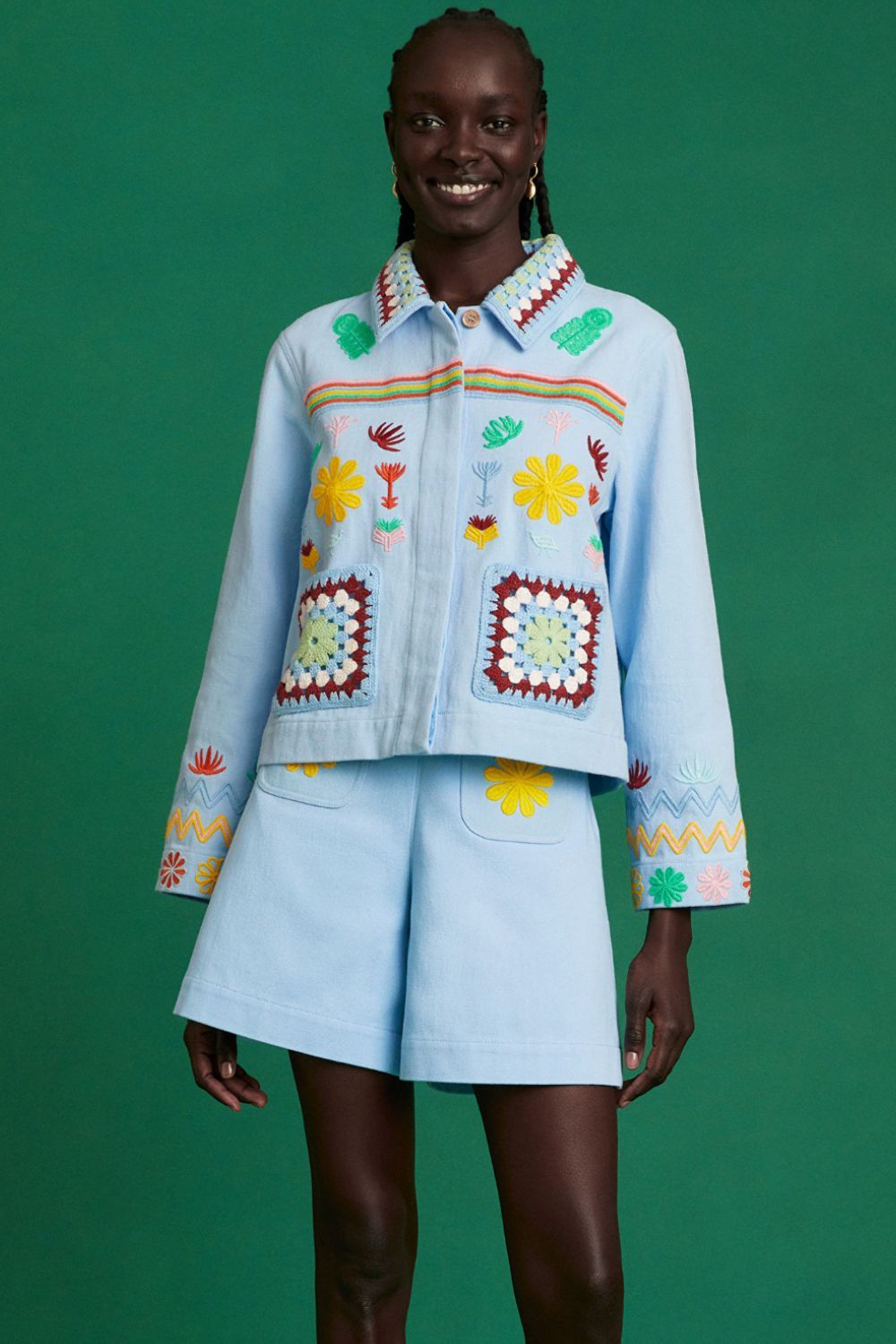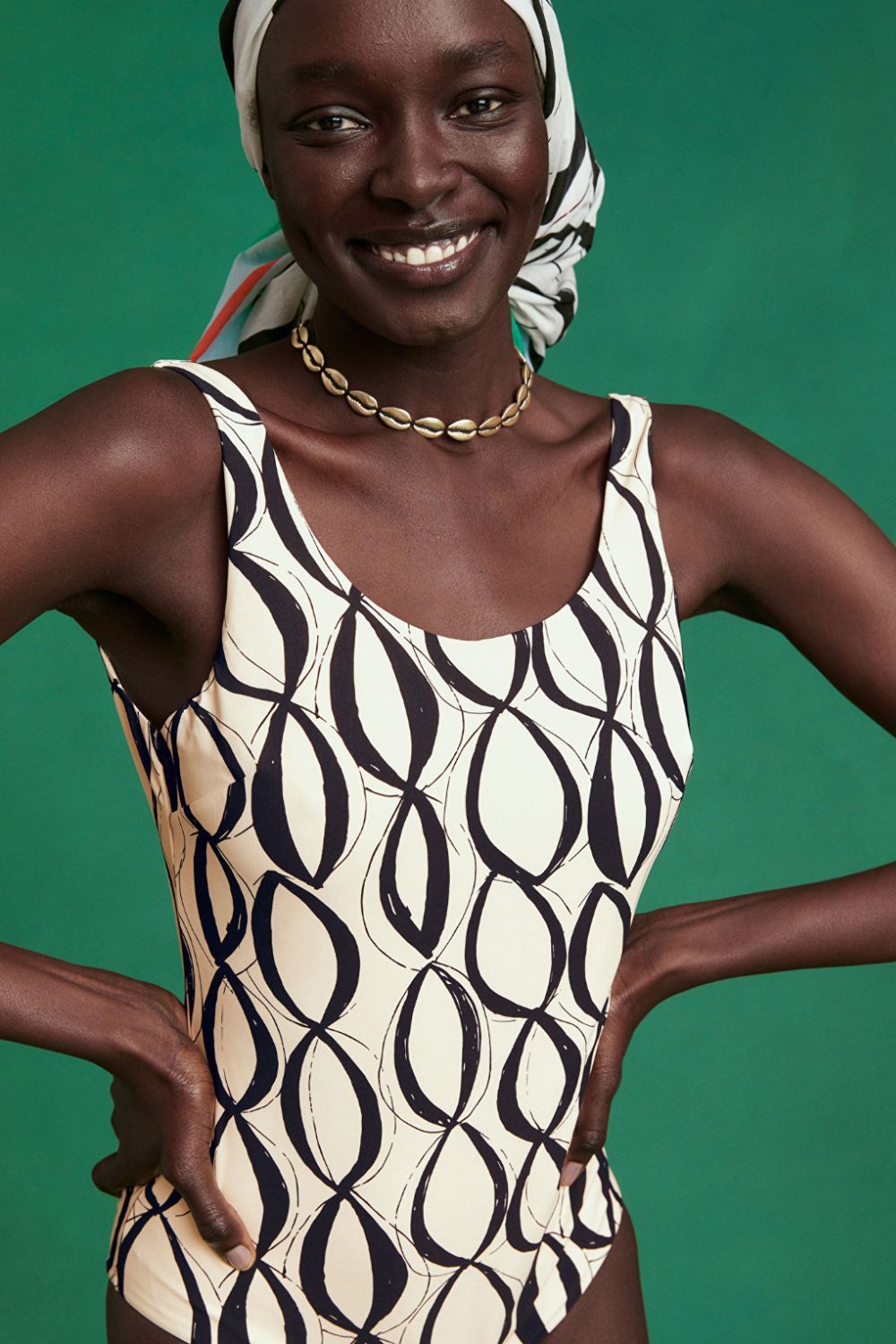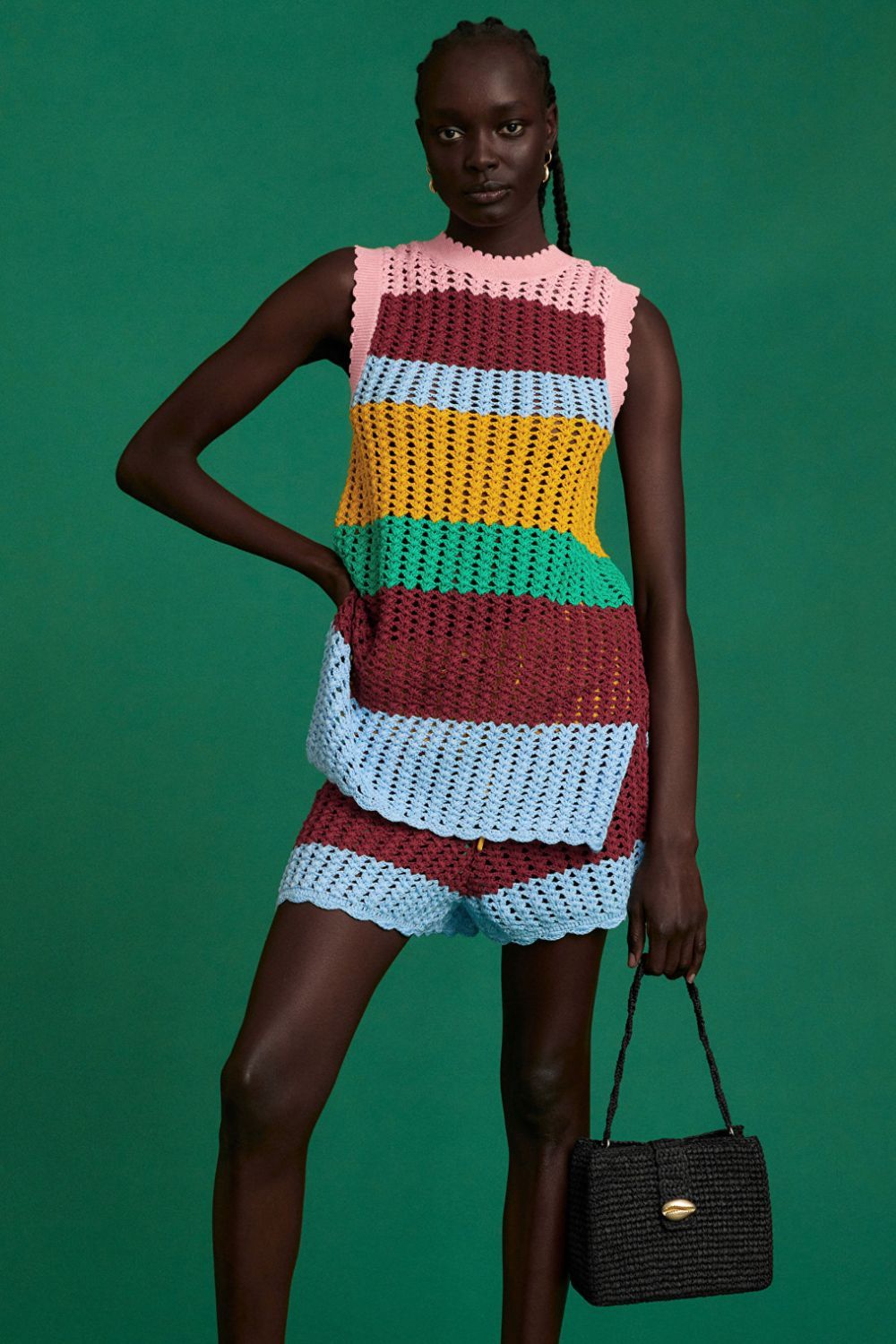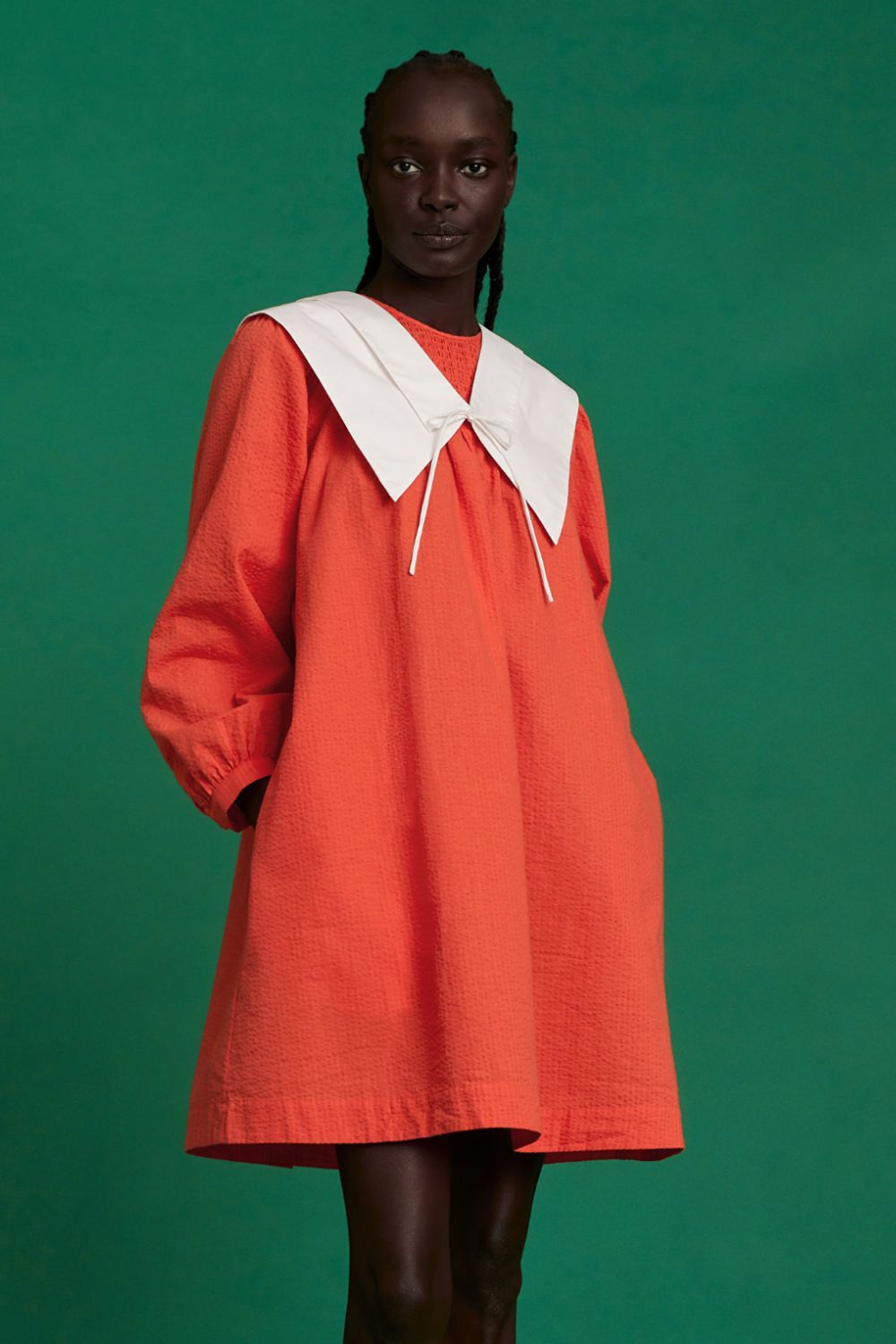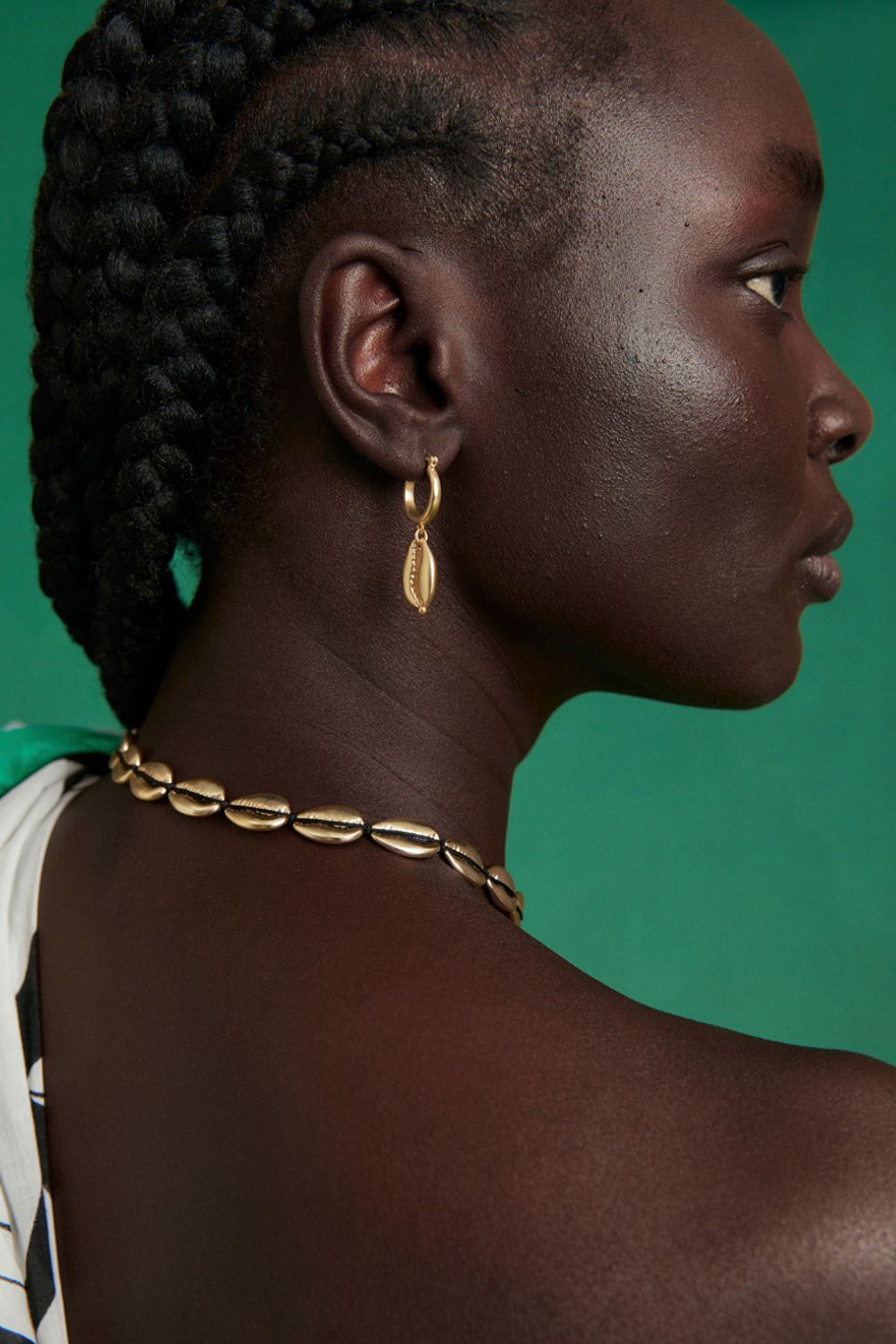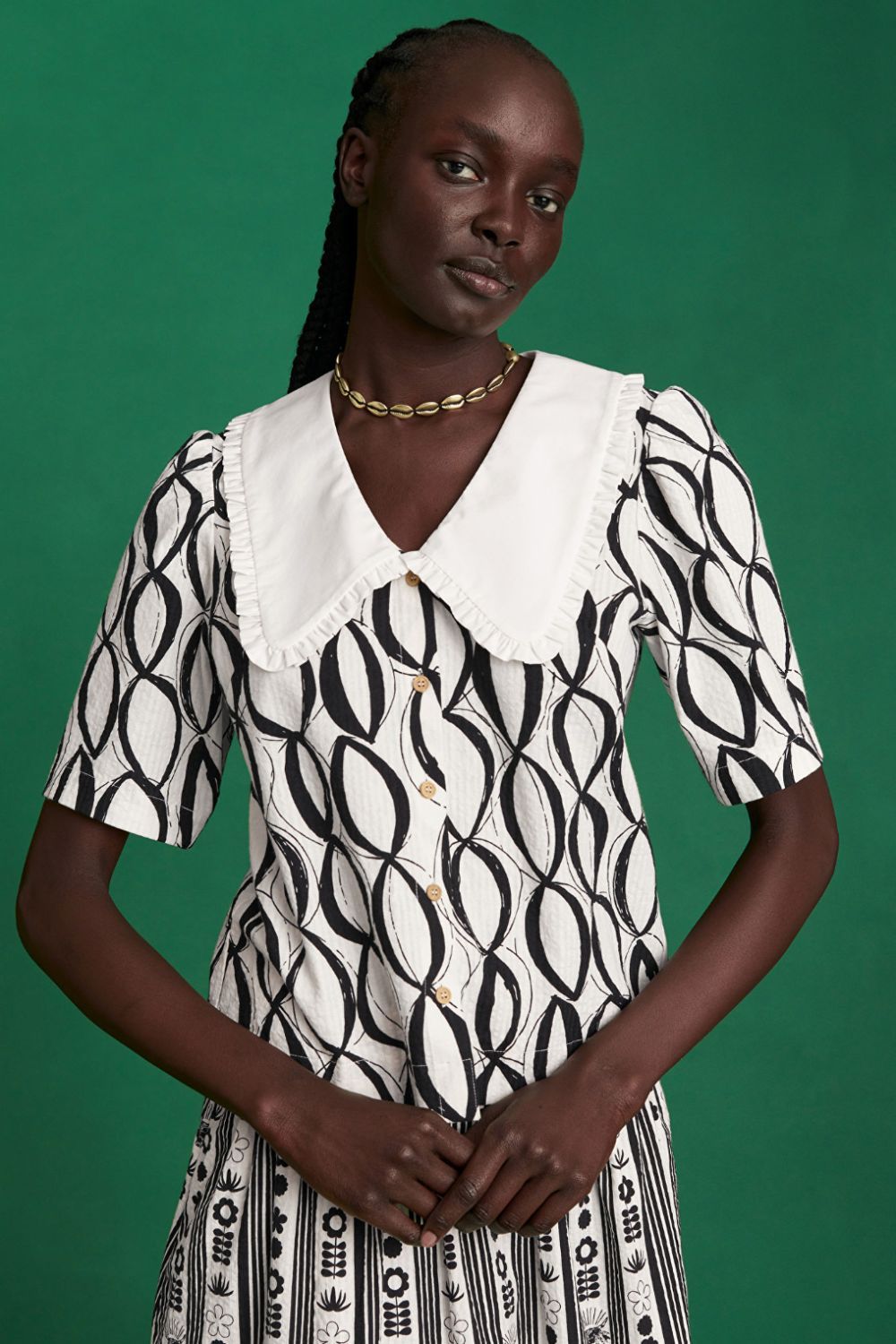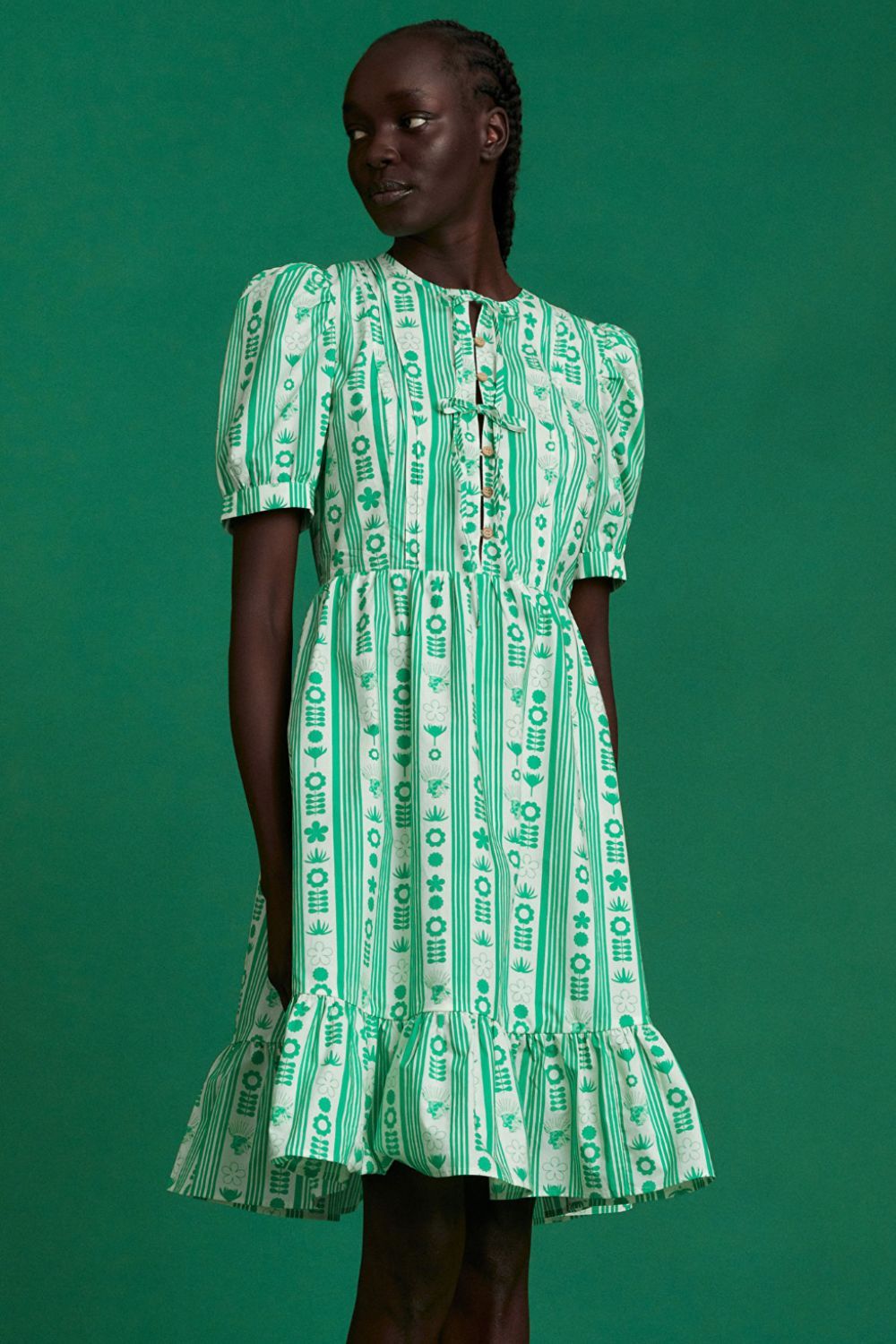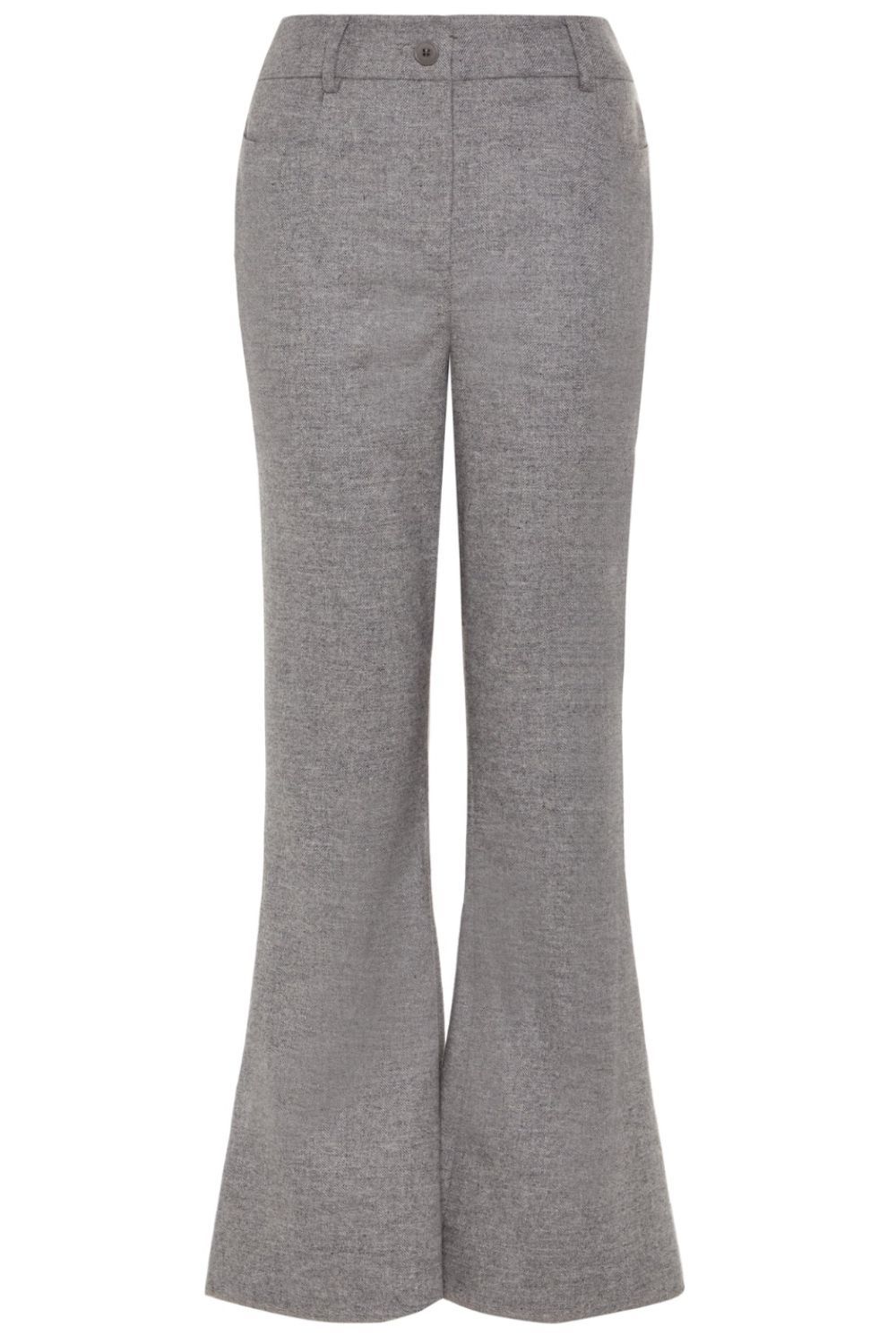A chin filler may not be the very first injectable you think of when it comes to aesthetic procedures, but there are plenty of people (of all genders) — folks who are interested in altering their chin profile — who are giving them a go.
Perhaps because of the popularity of facial contouring with makeup, the concept of balancing out one’s facial features is on peoples’ minds, and chin filler is increasingly being sought by people who wish they had more definition in the lower part of their faces — especially if they feel they have short chin or weak jaw. A more defined chin and stronger jawline can help balance a larger nose, and it can make a person’s face look more heart-shaped, a look that has gained popularity in recent years.
There are loads of patient testimonies about chin filler shared on social media, but if you’re researching solutions for a weak chin, you should know there is more than one way to enhance your chin’s structure: Plastic surgeons have long offered chin implants, a silicone augmentation that’s affixed to the chin bone; this is a more permanent solution than injectables, but it often requires more recovery time. Fillers, on the other hand, are temporary and so require repeat injections over the years, which may add up to a higher cost in the end. But they’re largely considered safer, are much less invasive, and the procedure doesn’t require much downtime at all.
Because chin fillers are so much less invasive than implants, board-certified cosmetic surgeons often recommend starting out with these semi-regular injections, to see if you like the results. Note that we explicitly recommend going to a medical doctor: An M.D. is not only licensed and trained to understand facial construction and injection safety, but they’re best prepared to handle any complications that may arise.
Below, the top frequently asked questions about chin filler injectables, including what you should expect at your consultation, as well as what it costs to keep your chin the way you like it.
What exactly is chin filler?
Put simply, chin filler is an injectable solution that is used to add volume and tighten the skin around the injection area. While there are as many versions of beauty as there are people with opinions, an “ideal” chin profile is thought to have a point that is aligned with the bottom lip. Many people have what’s called a ‘recessive’ chin, meaning that when you’re looking at the person in profile, their chin point is not aligned with the bottom lip, but rather sits behind the natural line from the lower lip.
“Fillers essentially give you a nice projection of the chin without it being too much or irreversible, because you have control of how much filler you opt for, as opposed to chin implants and the like,” explains George Bitar, M.D., FACS, a board-certified plastic surgeon and founder, medical director of the Bitar Cosmetic Surgery Institute in Virginia.
Dr. Bitar adds that there are two commonly used injectables to shape the chin. The first is hyaluronic acid, (Restylane and Juvaderm are just two brands that make this type of filler), a substance that exists naturally within joints, which means it is well tolerated. “When we inject Restylane into the lips or the chin, it doesn’t cause irritation or rejection by the body — it’s a pretty benign substance for the body to absorb. Typically, these injections last about nine months to a year,” he says.
Another option is calcium hydroxylapatite fillers (such as Radiesse), a semi-solid gel-like injection that may provide longer-lasting results, and so costs more. “It’s a thicker filler and can last longer, about a year to a year and a half. But basically they’re both injected into the chine to create more volume,” Dr. Bitar tells Good Housekeeping. This second option, says Dr. Bitar, “is injected on the bone to create more scar tissue and more collagen formation, whereas [hyaluronic acid fillers] are injected under the skin into the fatty layer to create some thickness and a projection of the chin.”
Most chin fillers are injected in a clinic or doctor’s office, and are considered minimally invasive; beforehand, the doctor should discuss possible side effects with you and review your medical history. Right before the injection, Dr. Bitar adds, an experienced provider will apply a numbing cream to reduce any discomfort.
What are the benefits of chin filler, and which issues can it fix?
Chin filler can provide pretty instantaneous results in terms of adding volume to a recessive chin, but it also may help provide balanced proportion to the entire face. In addition to defining the jawline, some patients may ask for filler to be injected beneath the chin, which is meant to elongate the face. In short, chin filler can help:
- Redefine your chin profile
- Make your chin project further out
- Help create more symmetry
- Contour your jawline
- Fill in a cleft chin
A big reason people turn to chin filler is to put their facial features in better proportion to one another. “The balance and harmony between the chin and the nose is important — where the chin is weak, the nose looks larger from the side, and vice versa,” explains John Paul Tutela, M.D., a board-certified plastic surgeon practicing in New York City and New Jersey, with celebrity clients that include Jersey Shore cast members. “Some patients may opt for rhinoplasty, and at the same time they get chin injections, to make their nose a bit smaller and their chin come out a bit.”
There is minimal downtime for those who receive chin injections — while not every patient experiences the same timeline, most people see results within 24 to 48 hours, if not sooner.
Who can receive chin filler?
Because chin filler injections are considered relatively straightforward (especially compared to facial augmentation), a majority of patients are eligible for injectables.
Cosmetic surgeons will ensure patients are generally healthy prior to their injection, are not pregnant or breastfeeding, and will specifically ensure patients avoid taking aspirin to help reduce the chance of bruising after the procedure. Most importantly, Dr. Bitar adds that providers may screen for patients who have cardiovascular health issues. People with certain heart conditions often take prescription blood thinners; injectables may not be right for these patients, as these medications delay blood clotting, meaning that they may experience prolonged bleeding from the injection site, as well as other complications.
Another possible contraindication: “The only other situation that I am wary about is that if the patient has had a chin implant in the past and still wants more projection via injections,” Dr. Bitar adds. “If you inject fillers on the chin and there’s a chin implant inside, there’s a risk of getting that implant infected… which is why it’s important to decide on one or the other.”
Chin filler side effects to be aware of:
All procedures carry some level of risk, and injectable chin filler is no exception. Almost all patients will experience some form of bruising, which is why Dr. Tutela stresses that this procedure can’t be done right before you need to be ‘camera ready’ — any important event should be at least two weeks out, if not more, to allow for bruising near the injection site to pass.
Another common complication is asymmetry issues, or contour abnormalities, meaning one that your chin shape may not be exactly even. There is also the chance (with some types of fillers) of an infection that will need to be treated with antibiotics. If an infection occurs, there’s a chance that you will develop masses of tissue or nodules that appear like firm lumps near the injection site.
The most serious potential side effect is the chance development of skin necrosis, which both Dr. Tutela and Dr. Bitar say is extremely rare, but entirely possible, depending on the injector or clinician providing the service.
“That’s when a little bit of filler gets directly into an artery, and just like a blood clot can travel from the leg to the lungs and stop the blood from flowing to a vital area, the filler can act the same,” Dr. Tutela explains. “That filler can basically clog an artery in your face and cause that skin near that artery to die. This looks like a bruise at first, but eventually turns black and scabs, as the skin could die.”
Other temporary symptoms and side effects that may occur include:
- Swelling
- Scarring
- Itching near the injection site
- Abscesses near the chin
- Filler migration, which may result in unwanted volume elsewhere on the face or neck
Almost all patients will experience a sore jaw for a few days, which is why aftercare instructions stress the importance of avoiding hard or fast chewing or other mouth movements, and to maintain proper dental hygiene. Avoiding exercise for at least 24 hours can also help to reduce the risk of most of the side effects listed above.
How long does chin filler last?
It all depends on which kind of filler you opt for, as well as your personal metabolism, but fillers generally provide added volume and lift to a chin for anywhere between nine to 15 months.
When the filler disappears, you’ll need to repeat the procedure if you want to maintain the results. Most patients elect to reduce the frequency of injections after the first handful of procedures; that’s because the body may produce its own tissue in the injection area, reducing the need for filler.
Cosmetic surgeons advise that patents treat the first three to four procedures as an opportunity to take stock of how they look. If they like the way chin fillers worked out for them, they may consider a having a permanent chin implant, so as to avoid repeated injections. A majority of patients, however, keep using fillers, preferring it to invasive surgery.
“The filler allows you a chance to see if you actually like the results — and you know, it slowly fades within that year-plus period. So you can try out what that extra projection and volume would look like on your chin without too much risk,” Dr. Tutela says. “When it does dissolve, some go for a more aggressive surgery, like an implant, to avoid upkeep, but many wish to just keep getting it filled to enjoy very minimal downtime. It’s easy to fit into your schedule.”
What’s the cost of chin filler injectables?
Final cost can vary based on many factors. Fillers are priced by syringe, say Drs. Bitar and Tutela, and hyaluronic acid fillers can range between $600 and $800 per syringe. Other products like Radiesse can range between $900 and $1,200 per syringe, but Dr. Bitar points out that these products may have more volume or substance, thus leading to longer lasting results. Prices also vary based geographic region. You can see an updated list of average prices published by the American Society of Plastic Surgeons (ASPS) before your formal consultation.
But the filler itself may not be the only charge, depending on your provider. There may be an additional fee for the time spent in a clinic, if multiple areas are treated, if you need special aftercare considerations, and the like. These costs will all be factored into a final price which may exceed $1,000 per injection.
The bottom line:
Chin fillers are a less risky alternative to chin augmentation, and can provide near instantaneous results without downtime. When considering aesthetic procedures and corrective options for recessive or weak chin profiles, fillers should be the first procedure you explore, because they allow you to better understand how your face will look without your having to undergo invasive surgery. While there are side effects to consider, the best way to avoid any them is to seek a qualified, licensed provider with experience in injecting patients.
Some providers feel strongly that who does your procedure is as if not more important than which filler you choose. “A lot of emphases is being placed on the fillers nowadays, when in fact the emphasis should be on trained individuals, on the person who’s injecting you,” Dr. Bitar says. “Fillers are safe and they can provide a nice result, as long as you refrain from going to a cheaper place to save a few dollars, ending up having complications because either dirty needles are used or the person injecting isn’t educated on anatomy.”
![Headshot of Zee Krstic Headshot of Zee Krstic]()
Health Editor
Zee Krstic is a health editor for Good Housekeeping, where he covers health and nutrition news, decodes diet and fitness trends and reviews the best products in the wellness aisle. Prior to joining GH in 2019, Zee fostered a nutrition background as an editor at Cooking Light and is continually developing his grasp of holistic health through collaboration with leading academic experts and clinical care providers. He has written about food and dining for Time, among other publications.

